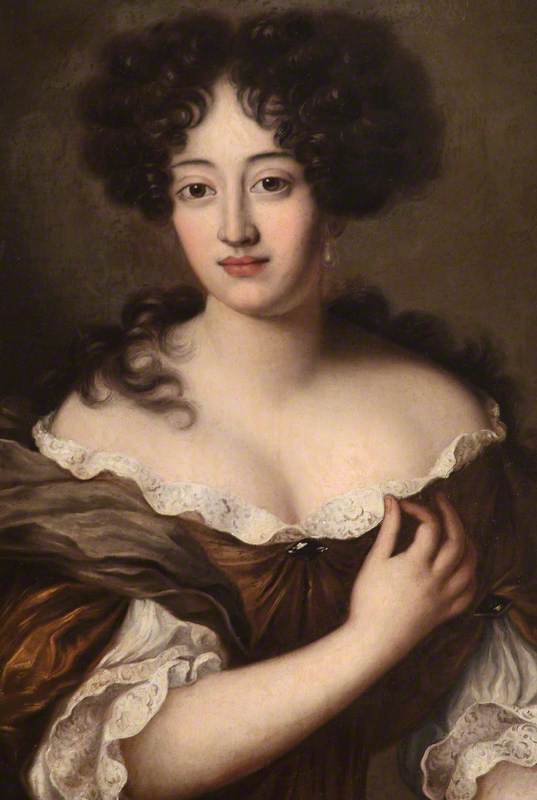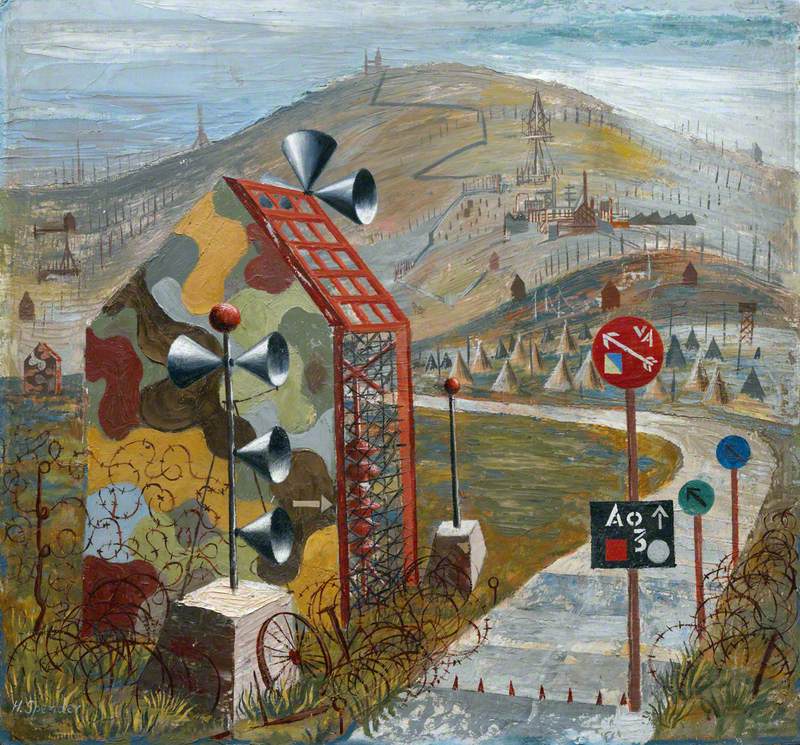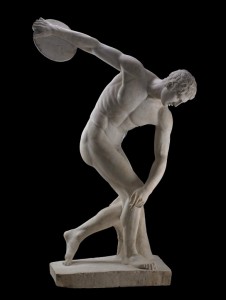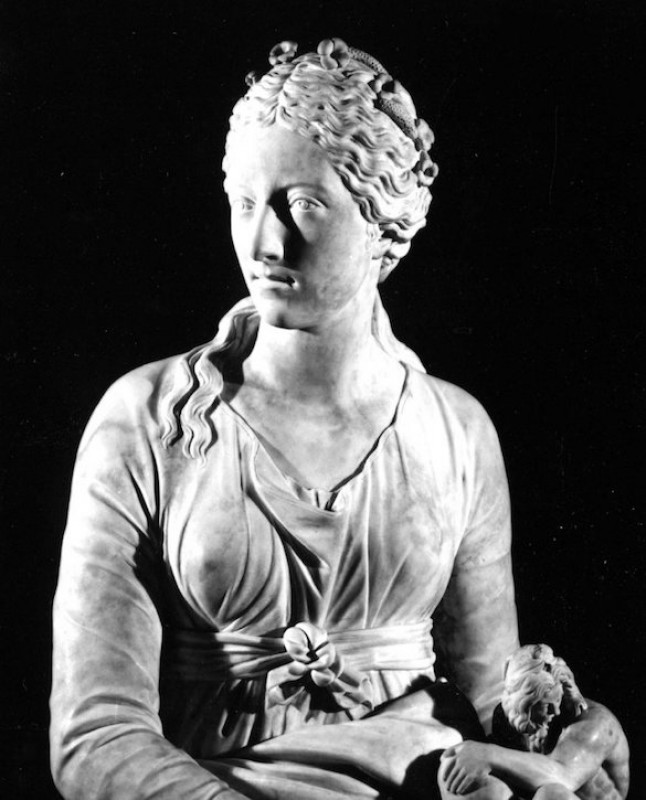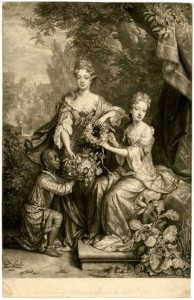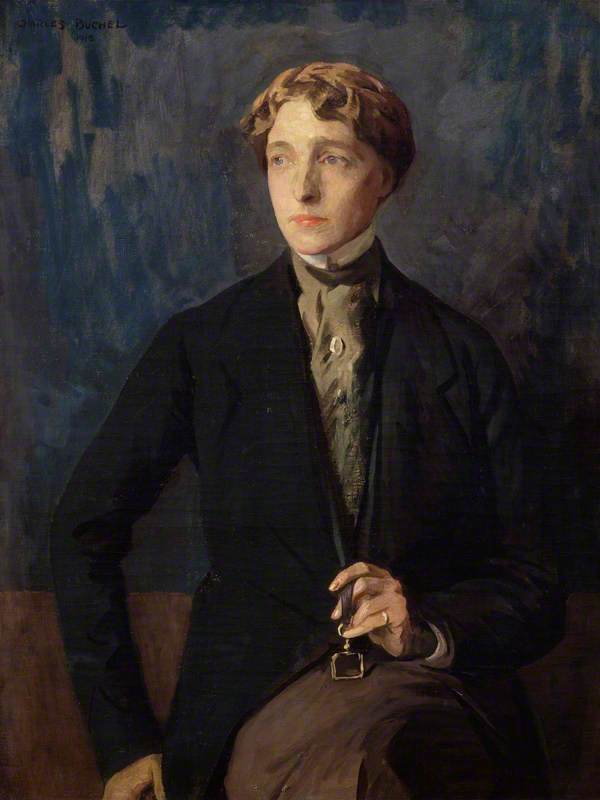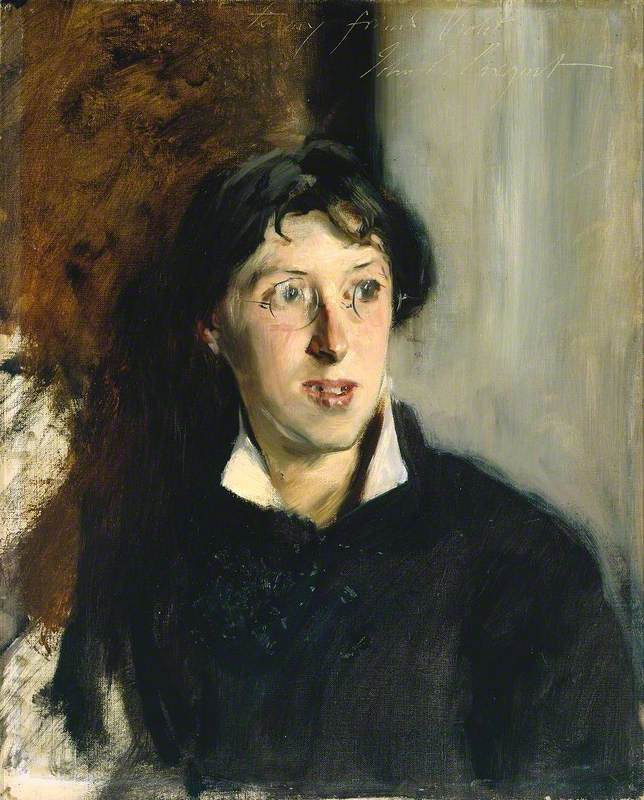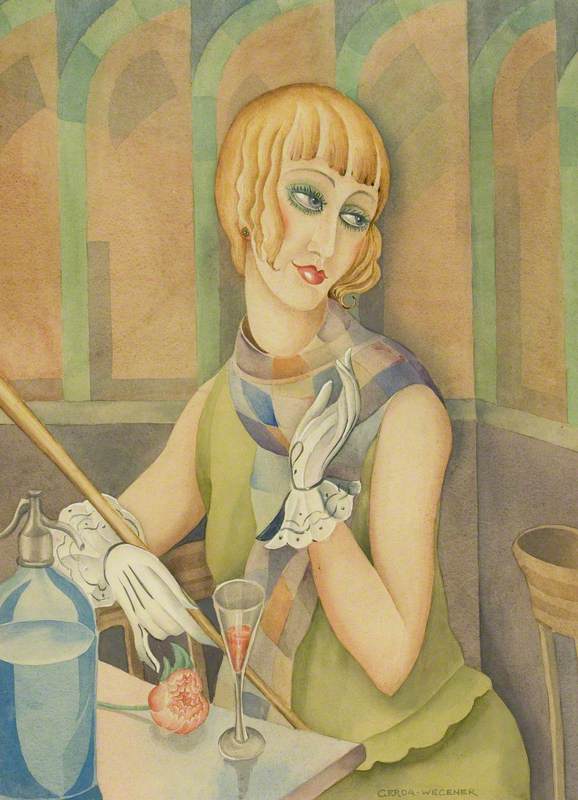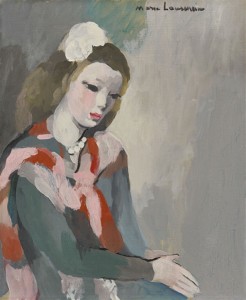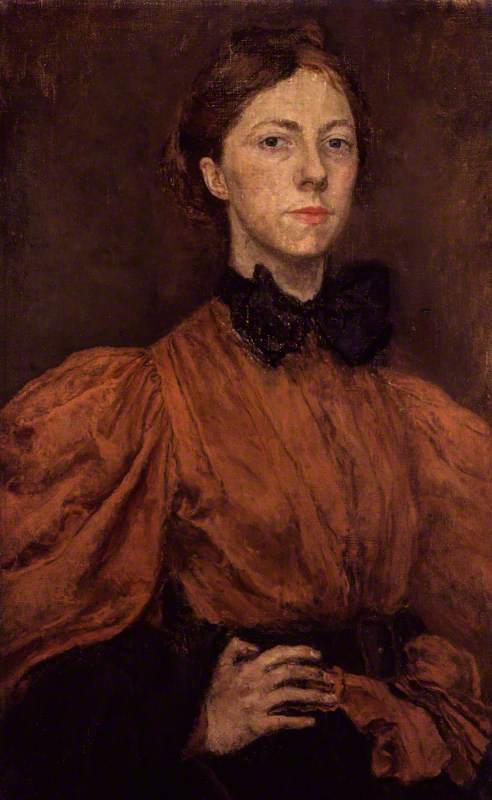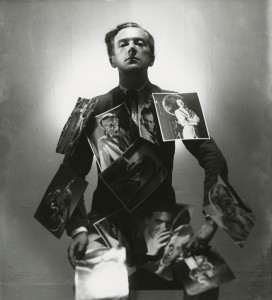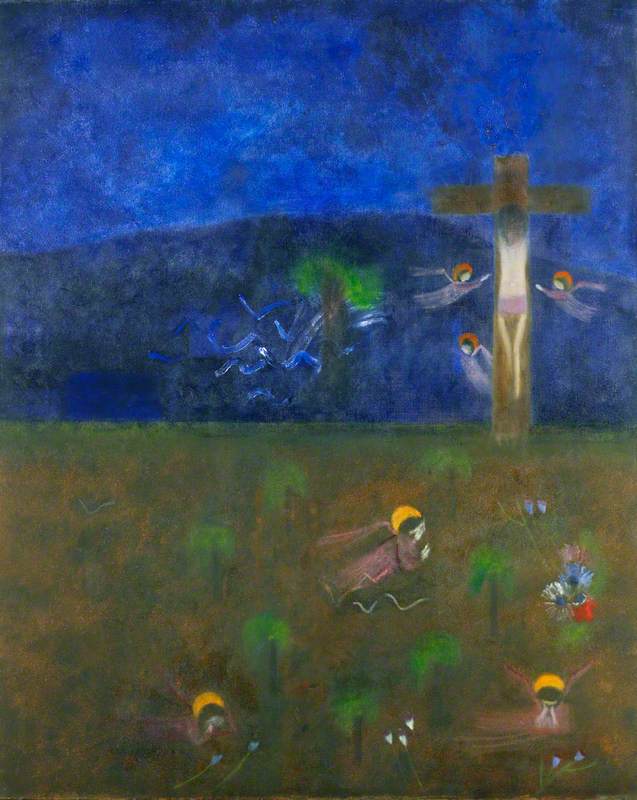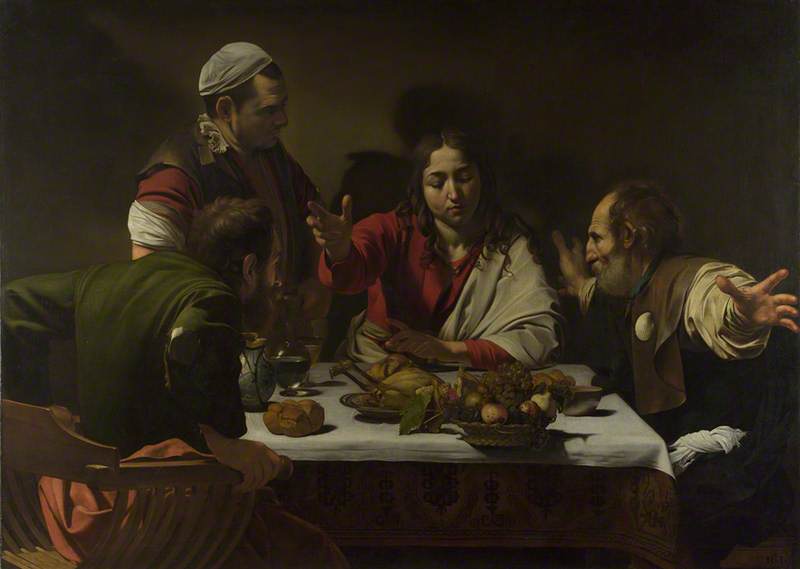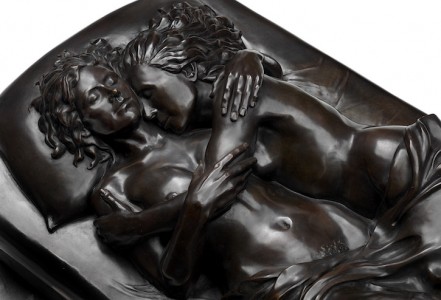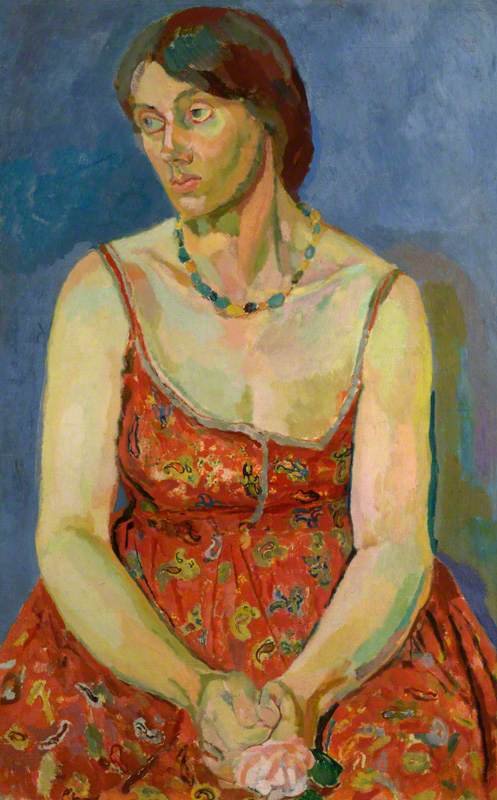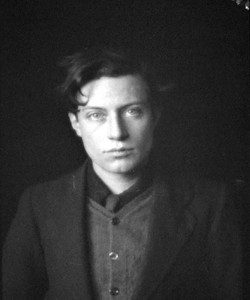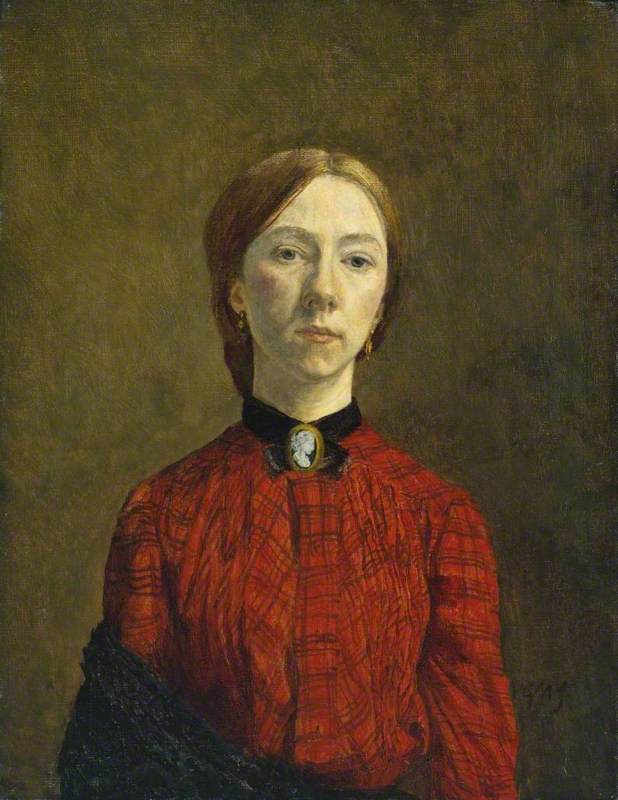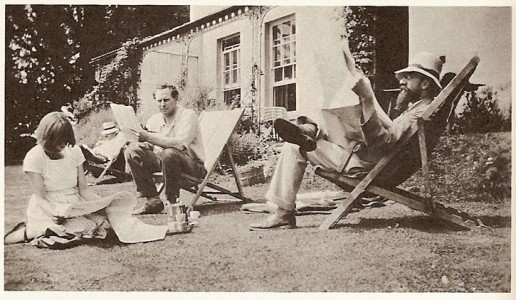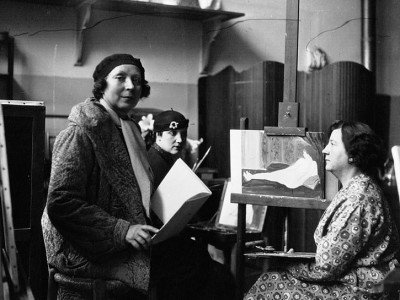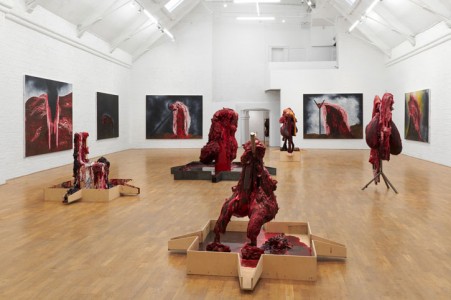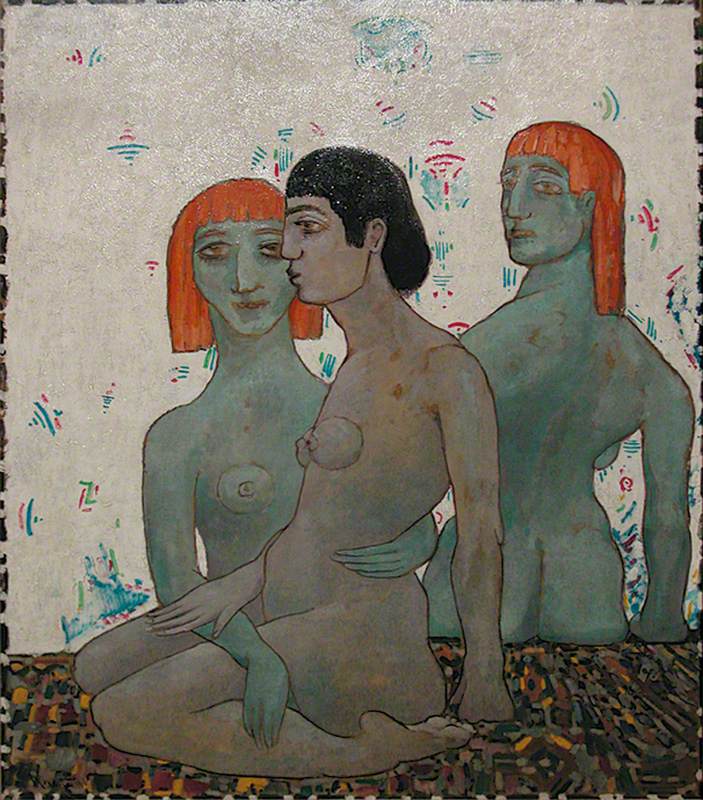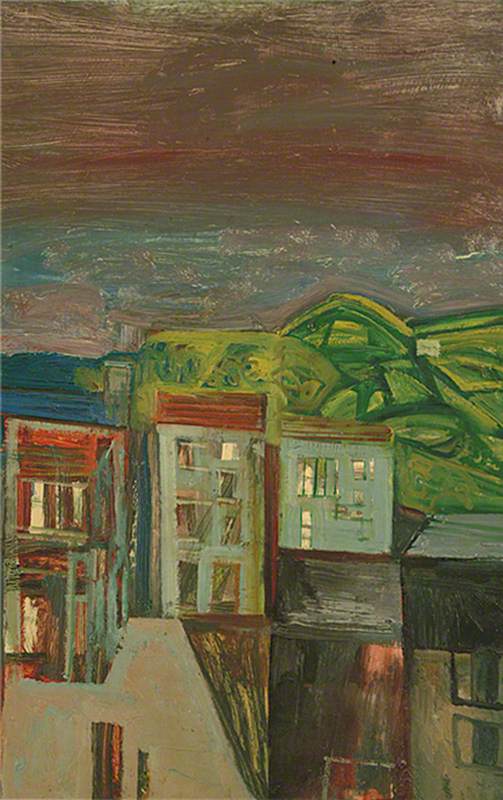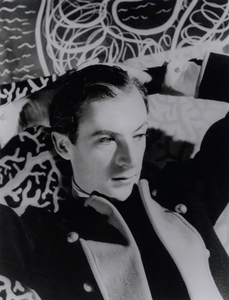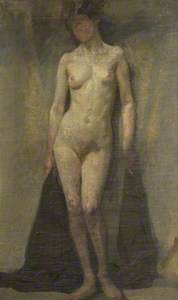Explorations of LGBTQ+ history are becoming increasingly popular in UK museums and art galleries. It is an exciting time to see enthusiastic staff delving into neglected histories and 'queer-ing' their collections. It is important that this representation is inclusive of the whole LGBTQ+ community. Discussions around sexuality often fail to recognise that people can be attracted to more than one gender; it is easy to fall into the trap of assuming that homosexuality is the only other option to heterosexuality.
In this piece, I have used 'bisexuality+' as an umbrella term to encompass the range of identities and labels that people use to describe attraction to multiple genders. You can find out more about the definition through the bi history project, or follow the project on Instagram.
I asked museum professionals who identify as being bisexual+ what they thought about the representation of multiple gender attraction in arts and heritage. Their responses to a survey have hugely informed this piece and their comments are included below.
Biphobia, the discrimination faced by bisexual+ people, takes many forms, including not accepting bisexuality as a valid expression of sexuality, reinforcing stereotypes and bi-erasure, and ignoring or removing bisexuality from history, media or cultural forms. This happens within art history too: several well-known artists routinely have their attraction to multiple genders left out of discussions of their life and work, including Frida Kahlo, Caravaggio and photographer Cecil Beaton.
'Bisexual erasure is so prevalent and pops up in almost every aspect of our culture – as museums (especially art museums) 'queer' their interpretation and scrutinise the "lifelong bachelor" or "intimate female companion" type language in their heteronormative labels, acknowledging bisexuality should be a part of this.' – response from a museum professional
Standing Female Nude
(recto) c.1910
Dora Carrington (1893–1932) (attributed to) 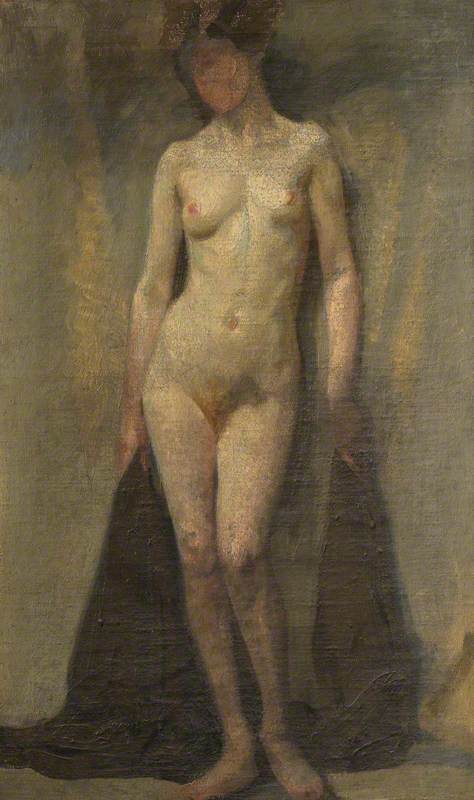
I have been researching several artists and using their biographical details, letters and artworks to explore multiple gender attractions in the public art collection, as shown on Art UK. Gwen John, Dora Carrington and Marie Laurencin all demonstrate that multiple gender attraction is complex and that there is not a single way that their sexualities are expressed. Looking at their lives in this way has furthered my own understanding of queer research and has brought forward various considerations of multiple gender attraction.
Looking through the lens of bisexuality allows a new perspective from which to view art. There is so much to explore in looking at bisexuality through artists, models or themes, yet searching the term 'bisexual' currently on Art UK collection brings very few results. While terminology may be contested, failing to acknowledge multiple gender attractions in an individual's life when we discuss their relationships erases an important aspect of their identity that ultimately contributes to how we may view and relate to them.
The description of this portrait of a woman, perhaps d'Hortense Mancini, reads 'her penchant for cross-dressing is thought to be an outward expression of her bisexuality'. Knowing this about the proposed sitter adds another layer to the way that I interact and view this piece of work.
Can we call historical figures bisexual+?
When it comes to discussing LGBTQ+ history, deciding which terminology to use is complex. The term 'bisexuality' was first used in the 1800s to describe anatomical or physiological features in people. It was only in the 1960s and 70s that the term bisexual became used as we know it now, and there are continuous debates on the 'correct' definition of the term. Nowadays, 'bisexual' is just one of the many terms used by people who are attracted to multiple genders. Other terms include pansexual, omnisexual, polysexual, all-encompassing terms such as 'queer', or people may not use any labels at all.
'It's a contested term even in the present. And even though I often describe myself as bisexual, I don't love this label as it puts emphasis on the sexuality part, rather than the romantic and emotional connection.' – response from a museum professional
Attributing these terms to people who may not have used this language can be problematic as we do not know how these people would identify. Sexuality is fluid and attributing concrete labels to people may misrepresent individuals. Many LGBTQ+ people today would say that being a part of the community is a part of their identity and forms part of their lifestyle, while discussions around historical queerness acknowledge that there is little evidence that attraction was used in identity formation.
'I personally prefer to use "queer" in reference to any possibly LGBT identities pre-Stonewall. I find this broader term more respectful than placing new terminology on historical individuals as they do not share our language and thus did not understand themselves in accordance with today's understanding.' – response from a museum professional
Exploring the lives of artists for this work has broadened my understanding of what multiple gender attraction can encompass. Sexuality encompasses both sexual and romantic attraction but is most often not viewed with both in mind. For example, the artist Duncan Grant is often described as homosexual despite his relationship and child with Vanessa Bell. Dismissing this relationship due to Grant's assumed homosexuality does not allow us to think about other ways that Bell and Grant's relationship could be. The focus on evidential sexual attraction is limiting as, while it can be difficult to pinpoint in the past, people's identity exists regardless of their actions. Behaviour alone does not define bisexuality, and contributes only a fraction to how we define our queerness.
Interior with Duncan Grant (1885–1978)
1934
Vanessa Bell (1879–1961) 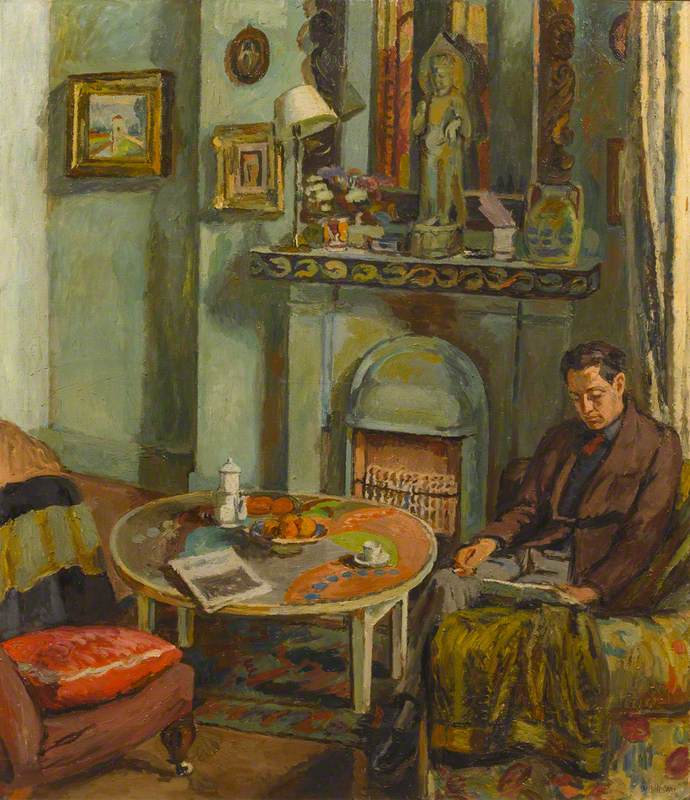
With the artists I have focused on, it is important to acknowledge that with their 'bohemian lifestyles', particularly with regards to the Bloomsbury Group and the Left Bank in Paris, their lives do not necessarily demonstrate a representative view of multiple gender attraction in nineteenth-century society. Within this exclusive Bloomsbury Group, queerness was more acceptable yet, at the time, male homosexuality was regarded as a criminal offence and same-sex relations between women were considered a mental disorder. People associated with the artists I explored underwent conversion therapy.
How do we find bisexual history?
Looking for LGBTQ+ history in some ways feels intrusive: would these individuals like to be 'outed' after their death? The most convenient method to look for evidence of bisexual behaviour is through correspondence, diaries or depictions. Researching their work gave me further understanding of what multiple gender attraction actually means. As mentioned, queerness is not defined through sexual behaviour alone and we can really miss opportunities to view work in different ways by having this limited understanding of sexuality.
It is more common that contemporary artists would share their bisexual identity, though there is still the consideration that biphobia may play a role in people's openness – both due to heteronormative prejudice and also because bi-erasure could mean their presence is removed from interpretations around LGBTQ+ history.
'I think bisexual or queer are good descriptors for anyone in the past who likely had relationships with people of more than one gender. Having relationships with men and women, for example, can be described as bisexual behaviour. It doesn't need to be an identity, just a description of a person.' – response from a museum professional
The artists I explored for this project had both visual and written archives including correspondence between themselves and friends, family and lovers. While these letters only show a snapshot of their lives in a moment and we cannot take them as full depictions, they allow a more rounded view.
In contexts where same-sex or multiple gender attraction is criminalised or considered inappropriate, there is understandably a fear of this being uncovered, and so often many documents have been destroyed or kept hidden. With Gwen John, for example, it was many years later that her numerous letters to Vera Oumancoff were found, as Oumancoff had kept them locked away.
Do we need to know if someone was attracted to multiple genders?
On a basic level, knowing about someone's relationships, interests and attractions allow us to further understand their experience and their work. More importantly, museums, galleries and cultural institutions have a role in representing people in a way that normalises their identities.
'The more information I have about an artist the better I can understand their artwork. Love and relationships are meaningful and have big impacts on a person and their work.' – response from a museum professional
Being attracted to more than one gender has been avoided from mainstream narratives for decades: it has been criminalised, seen as a mental illness and immoral. Highlighting these stories and portraying them in a way that doesn't focus on these negative connotations allows for more equality for and education about LGBTQ+ people. For many, relating to art on a personal level is a validating experience.
People have always been attracted to multiple genders, and whereas language to describe this may have changed, it is important to highlight stories from the past to acknowledge that bisexuality is not a new idea. This can be affirming to individuals today.
'Bi erasure is still a significant problem facing bi+ [people] today, with biphobia coming from within the LGBTQ+ community as well as from cis-het people. Acknowledging the evidence for multiple gender attraction among historic figures gives a fuller and more accurate portrayal of the person's life and helps bi+ folks today understand that their sexuality is not a "modern trend" or "phase".' – response from a museum professional
Choosing to focus on three female artists working in a similar time period allowed me to look at how the intersections of gender and sexuality played out. Each artist took to relationships, marriage and patriarchal pressures in different ways, but exploring their lives allowed insight into homophobia, misogyny and assumed heterosexuality ingrained into society.
'I also think acknowledging multiple gender attraction in the past can display how sexuality has always been as varied and complex as it is today.' – response from a museum professional
With openly bisexual artists, it is interesting to consider if knowing their sexuality influences the way that we view their work. While it could be dependent on the subject matter, people have shared this idea of commonality between themselves and the artist in a way that allows a more mutual understanding. It is interesting to consider this when we look at the works of openly bisexual artists such as Humphrey Spender, whose work does not often depict people, and Craigie Aitchinson. Does knowing their sexuality influence your understanding of their art?
Daphne Against a Black Background
1968
Craigie Ronald John Aitchison (1926–2009) 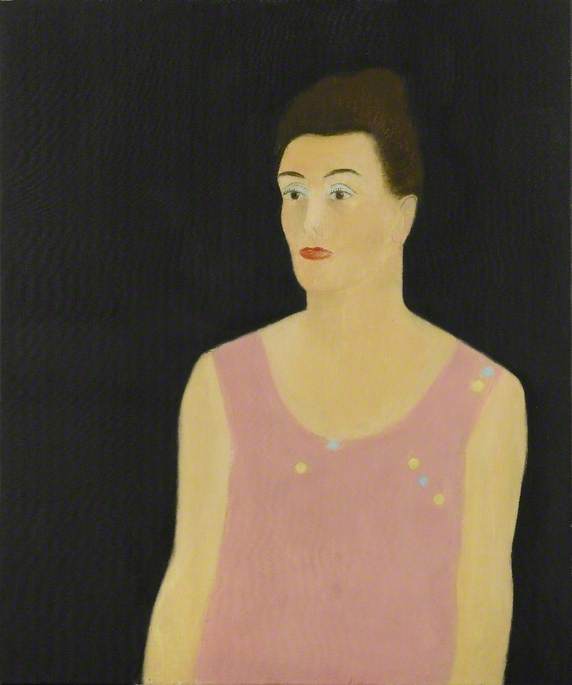
'It creates a commonality between me and the artist that makes me think of them more intimately, as if they're on "my team".' – response from a museum professional
Multiple gender attraction is surrounded by negative stereotypes and unhealthy stigma. Exploring the lives and art of these individuals allows us to demystify bisexuality. This research really highlighted to me the truth of the phrase 'there is no one way to be bisexual'. It has been a validating and rewarding experience to see elements of my own relation to my identity and sexuality in these artist's lives, and I invite you to unpack your own biases and understanding of multiple gender attraction through this series.
Tabitha Deadman, Whose Heritage? Research Resident at Culture&
In this series, three artists are examined in the context of multiple gender attraction: Gwen John (1876–1939), Dora Carrington (1893–1932) and Marie Laurencin (1883–1956)

